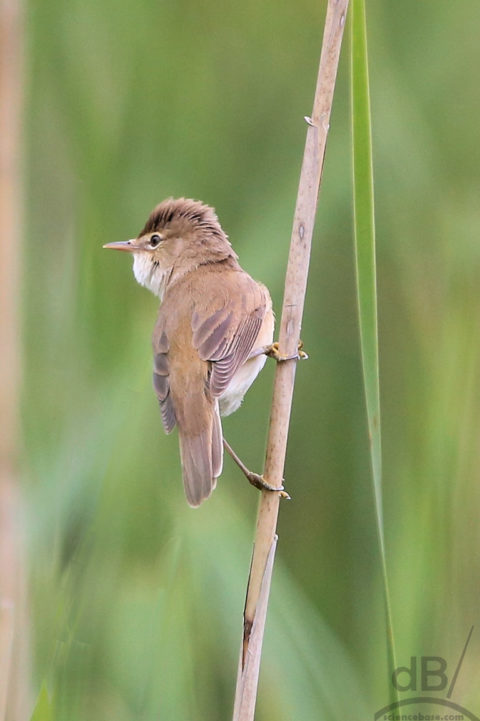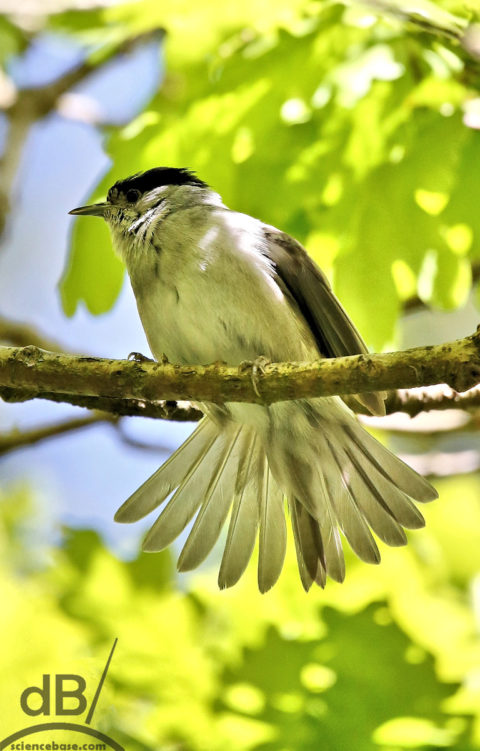How do migratory birds like the Eurasian Reed Warbler (Acrocephalus scirpaceus) know which way to go when heading south for the winter? Indeed, how do they find their way back from sub-Saharan Africa in spring to breed among the reeds in the wetlands of Europe and Asia?
The answer may lie with magnetic lines and how they change depending on where on the globe you are.

“It seems that…the Reed Warbler (pictured above) may have a geographic map or memory that enables it to identify its longitudinal position on the globe, only by detecting the magnetic north pole and its variance from true north,” to quote one expert in the article. The birds can detect magnetic declination in other words.

It’s worth noting that another warbler, the Blackcap (Sylvia atricapilla, immediately above) is usually a summer visitor to the British Isles, but some Eastern European and German specimens in migrating south-west to Iberia and south to Africa for the winter have ended up heading west and overwintering in the UK in recent years. They seem to favour our garden feeders over warmth. We had a male Blackcap overwinter with us 2016/2017 and a male and a female during 2017/2018 winter.